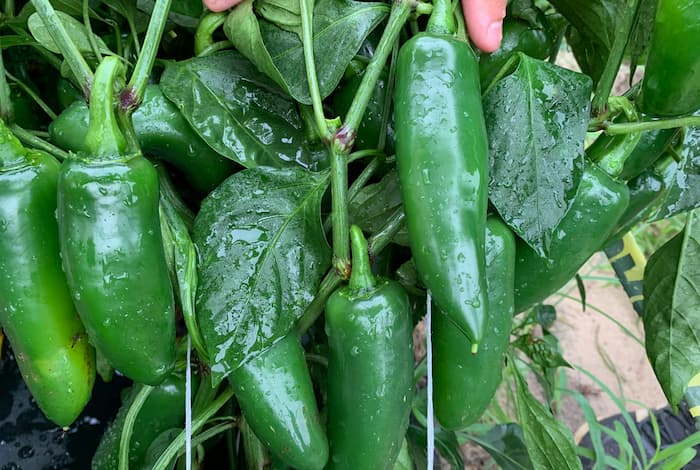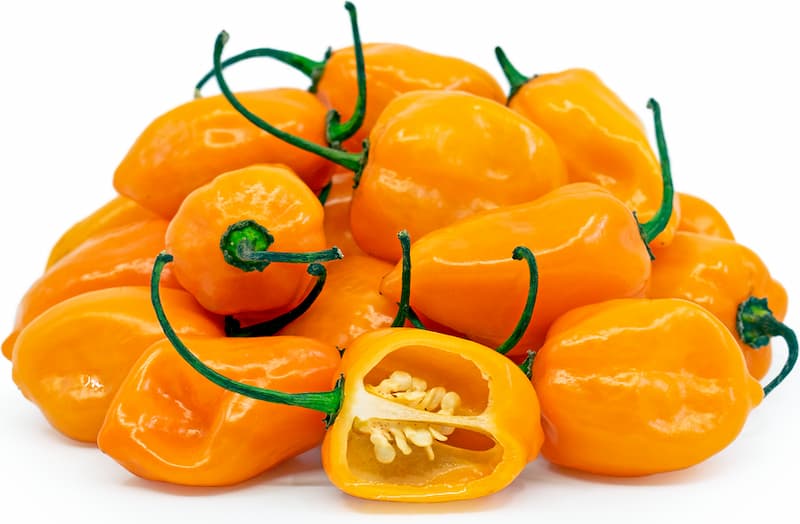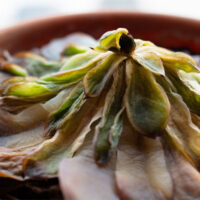We love growing peppers in a greenhouse, and if you plan to grow peppers in raised beds or garden beds, you need to make sure your peppers are planted correctly. Proper spacing of pepper plantings is important. Seedlings planted too close together will result in lower yields, while seedlings planted too far away from waste valuable garden space. The spacing between pepper plants varies by variety, but generally, the larger the pepper, the larger the plant, so the greater the spacing should be.
Below, you’ll learn the proper spacing of pepper plants to give your seedlings a good start to the growing season.
Table of Contents
Why Spacing Between Pepper Plants Matters
Planting peppers at the proper distance is a smart way to start the growing season. Below you’ll find out why you need to consider giving pepper varieties proper space between plants.
Affect Productivity
Planting peppers too close together can cause problems, but planting them too far apart can also be a problem, as it reduces the yield of the entire garden. How because you’re not maximizing your room for growth. The gaps between plants are not only unproductive, but they can also breed weeds. Plants a suitable distance apart shade the soil and reduce the growth of weeds. After planting, I cover the peppers with straw or chopped leaves to further reduce weeds.
Overcrowded Plants Reduce Plant Health
Overcrowded plants are more prone to insects and diseases, which in turn affect plant health and growth. When plants are plagued by pests or plant diseases, yield is expected to suffer. If peppers are planted too close together, they will grow into neighbors. This reduces air circulation around the plant, and leaves won’t dry out as quickly after watering or rain. Wet leaves are prone to disease.
Overcrowded Plants Reduce Yield
Not only can insect problems and plant diseases affect yields, but tightly packed plants can also affect yields, as they must compete for sunlight, water, and nutrients. Peppers need at least 8 hours of sunlight to develop strong, healthy plants. If the light is too strong, it will not grow into a large plant. In short-season climates like mine, long-ripening varieties require ideal conditions and proper spacing to have a chance to ripen their fruit.
Pepper plants also require a constant supply of water and nutrients. If it doesn’t rain, I water the peppers in my garden beds every week. Container-grown peppers dry faster than garden-grown peppers and require watering two to three times a week, depending on the weather. I also feed the peppers with liquid organic fertilizer every 2 to 3 weeks.
General Pepper Plant Spacing
Different pepper varieties have different growth patterns. Some tend to grow wide and bushy, while others grow tall and thin. Leaf size also varies considerably.
In general, if you are growing peppers from seed, the peppers may not be more than 3 feet tall in a season. Many varieties will remain much smaller, while others may be slightly larger.
Jalapeno Pepper

Another popular pepper grown at home, the jalapeno is a much smaller type of pepper than the bell pepper. These plants don’t grow as big as bell peppers, so you can usually place them closer together.
We recommend planting jalapenos 12-18 inches (30-46 cm) apart. You can give them more space if needed, but the plants should yield around 18 inches.
Jalapeños are part of chili peppers, along with banana peppers, poblanos, bell peppers, serranos, and many others. These plants tend to be more compact as they mature, so a 12-inch spacing will work for all plants.
Sweet Pepper

Bell peppers are one of the largest varieties of peppers and the most common. The leaves of this plant are wide and the plant can grow quite tall, up to 3 feet in a season. However, they tend to be elongated rather than bushy, so they may not take up as much space as you might expect.
That being said, you should give your bell peppers plenty of room to produce. We recommend planting bell peppers at 18 inches (46 cm). While plants are usually slender, the root system may be extensive and require some extra space. To maximize pepper production, we prefer to be on the safe side.
Having neighbors is helpful for bell peppers. They provide extra shade for the fruit to avoid the peppers’ skin from sunburns early in the growth period.
Habanero Pepper

Pepper varieties can grow much larger than annual peppers. These types of peppers include Habanero, Ghost, 7-Pot, Scotch Hat, and many other super hot peppers.
For habanero-type peppers, we recommend a minimum of 18 inches and a maximum of 24 inches for more flexibility during harvesting and plant care. This spacing will allow plants to reach a mature size of 5 feet or more in one season!
Remember that by spacing closer, your pepper plants will help shade the ground below and prevent weeds from growing. Proper spacing also allows for optimal use of garden plots.
3 Ways To grow peppers
Your spacing strategy depends on how you grow your peppers. There are three main ways to grow peppers:
Plant in rows in above-ground gardens – When planting peppers in rows, you need to consider the space between each plant and between rows.
On raised beds – Because raised beds allow for dense planting, you can have many plants in one bed. In my planting beds, I plant the peppers in grids, not in rows, to maximize space. You can plant in rows if you want.
Grow in the container – Peppers make great container plants. Depending on the size and shape of the container, each pot can hold just one pepper or multiple plants.
Final Words
I hope you found this article useful for planting the spacing of peppers in your garden this season. Let us know if you have tried smaller or larger spacing and how it worked for you. Thanks for reading!

















